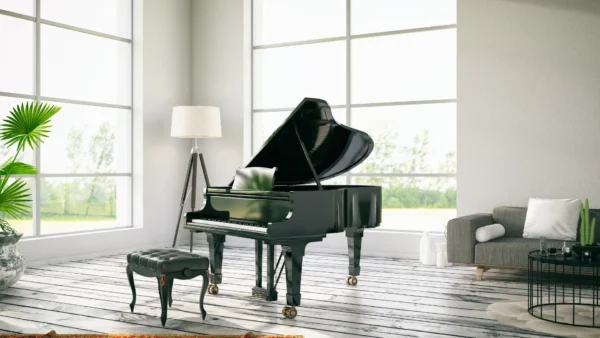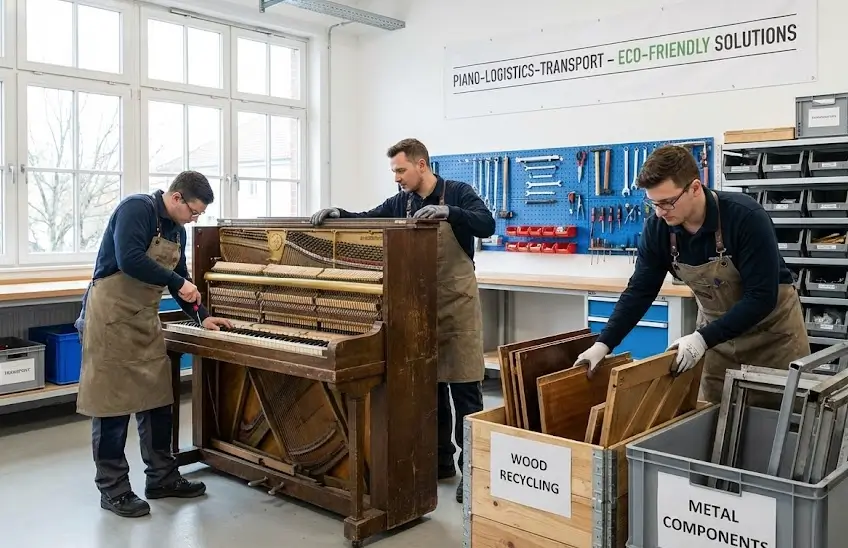If you’re planning to relocate a piano, it’s essential to approach the task with care and expertise. Moving such a large, heavy, and valuable item is no easy feat, and the margin for error is minimal. Even the strongest individuals cannot move a piano on their own; the right equipment and a team of helpers are necessary, along with a great deal of patience and attention to detail.
In summary, moving a piano can be challenging, but here are some guidelines to help you do it safely and efficiently.
First and foremost, understanding the type of piano you are moving is crucial to the entire process. The distribution of weight varies among different types of pianos. For example, an upright piano carries most of its weight at the top and has delicate legs that require careful handling. Additionally, consider the size of the piano when planning for its relocation, as this will affect how you navigate through doorways and tight spaces.
Because moving a piano is so demanding, investing in the right equipment is advisable. Lifting straps can significantly reduce strain on the movers, making the process easier for everyone involved. You’ll also need to arrange for a moving vehicle capable of accommodating the size and weight of the piano, especially if you’re moving it away from your home. Without appropriate transportation, the move will be challenging and potentially unsuccessful.
Protecting the piano itself is as important as ensuring the safety of the movers. Pianos are sensitive instruments with intricate internal components, and a single misstep could lead to expensive damage. It’s recommended to wrap the piano in protective covers, such as blankets or specially designed piano covers, to keep it secure during transport. This way, you’ll ensure that your piano arrives intact and ready to play.
When it comes to the actual moving process, teamwork is essential. Position yourselves so that you can lift with your legs while maintaining a straight back, grasping the piano firmly from underneath. Everyone involved in the move should adopt this posture and communicate clearly, signalling each step of the way. Remember to pause every few steps to set the piano down, allowing everyone to readjust their grip and take necessary breaks. This approach helps prevent undue strain and fatigue.
Once you’ve positioned the piano in its new location, it’s vital to inspect it for any damage that may have occurred during the move. Ensure it looks and feels the same as it did before the relocation. Typically, pianos will require tuning after being moved, as their delicate mechanisms can shift during transport. If you’re not ready to place the piano at its final destination immediately, consider a piano storage service. You can look up storage costs online or ask your local piano mover for a quote prior to your move.
Ultimately, the best way to ensure a smooth piano relocation is to hire professional piano movers. Experienced movers, like Encore Piano Moving, can guarantee a hassle-free process that alleviates the burden from you.





